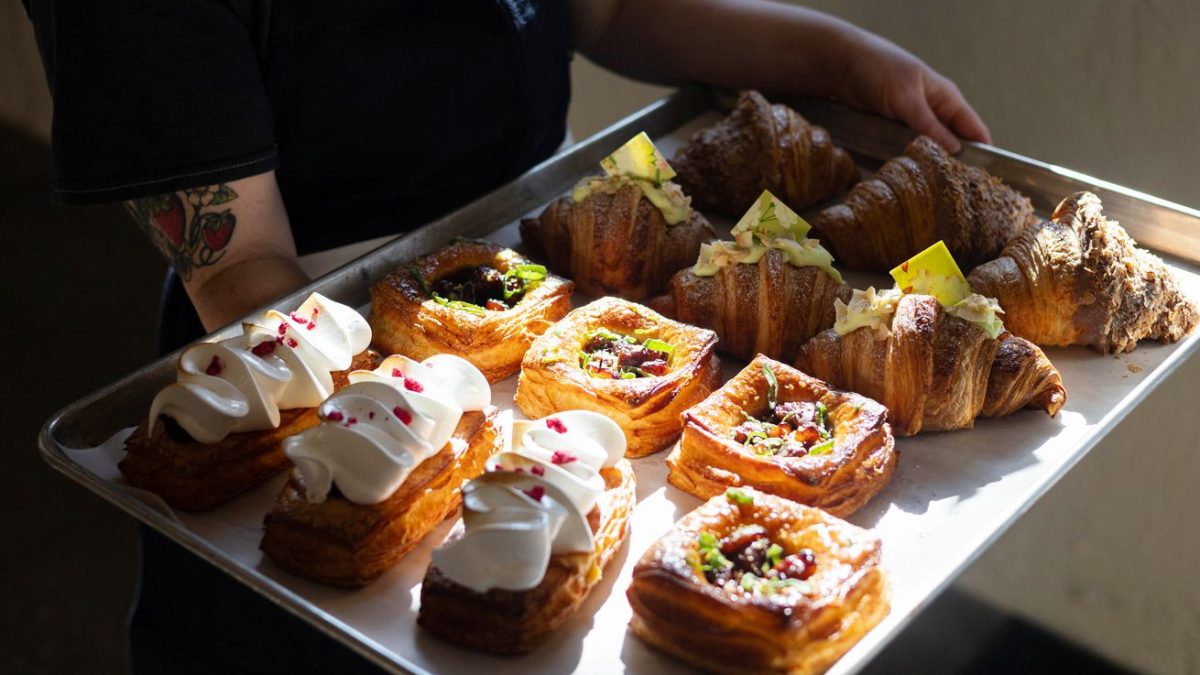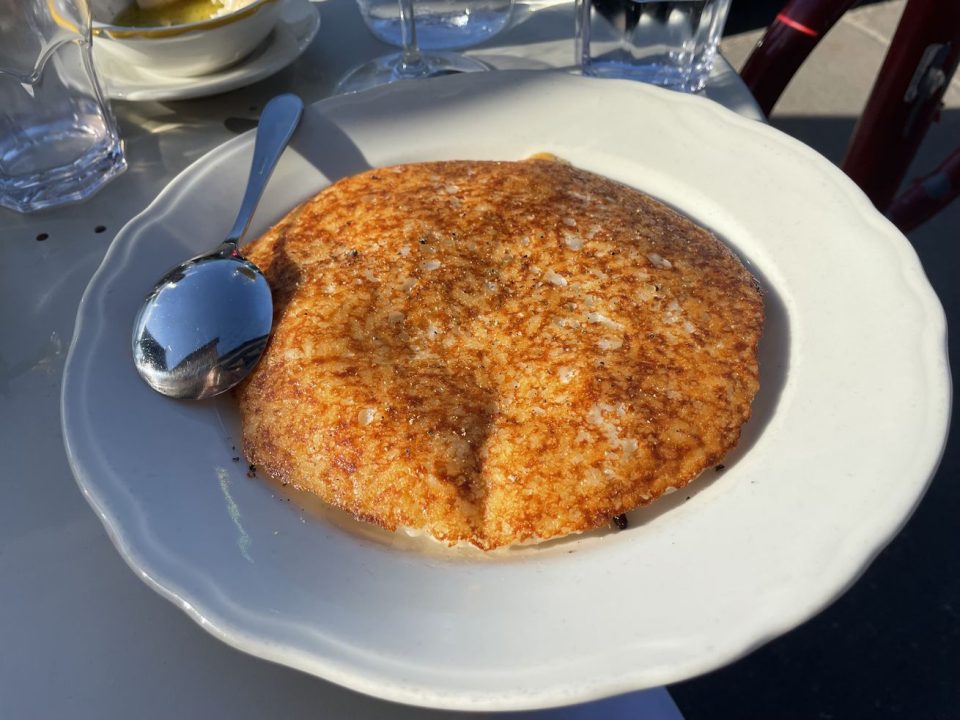
Why Nike’s new Olympic track uniform for women is stirring controversy
April 15, 2024
Truth Social shares tumble again. It's making for an incredibly volatile ride
April 15, 2024At Diane Moua’s Minneapolis restaurant, the Beard-nominated pastry chef delves into the savory world
Pastry chef Diane Moua’s new Hmong American restaurant, Diane’s Place, is finally open in Northeast Minneapolis. It’s a big moment for a few reasons, the first being that Moua, who has spent decades at the apex of the Twin Cities’ pastry scene, is now leading all realms of the kitchen, serving bright papaya tamarind salads and slow-simmered noodle soups alongside her pastries. But it’s also a watershed for Minnesota, another restaurant cementing the Cities as the capital of Hmong American cuisine, home to coarse-ground Hmong sausage, pickled mustard greens, and sweet pork Danishes with salted-cured egg yolk.
Moua is no stranger to restaurant openings — she’s a veteran of La Belle Vie, Solera, Spoon and Stable, and Bellecour, where she became known for her dexterity, her speed, and her subtly sweet pastry style, earning two James Beard nominations for Outstanding Pastry Chef. Small echoes of her past appear at Diane’s Place: Spoon & Stable’s iconic honey and cream cake is rendered as a shot with Red Locks whiskey, and many of the cocktails have intricate pastry garnishes. (The “She-Eye,” she says, is a little inside joke for the Hmong girls who love their Sex on the Beaches — it comes with a whorl of white chocolate.) “There’s a little bit of my world in all the dishes,” Moua says.
But opening Diane’s place, Moua says, has been a whole different beast. “Usually when I’ve opened a restaurant, I’m like an eighth of the restaurant,” Moua says. “Now I’m the owner, the chef, the pastry chef. I had the team come in, and I was losing my shit because it was like ‘Chef, chef, chef, chef!’” To train her staff, she built a staggered schedule: lamination team at 5 a.m., pastry team at 10 a.m., savory team at 1 p.m. In the evening she’d do computer work. “I think back on it and it’s fun, but in the moment it’s very stressful.”
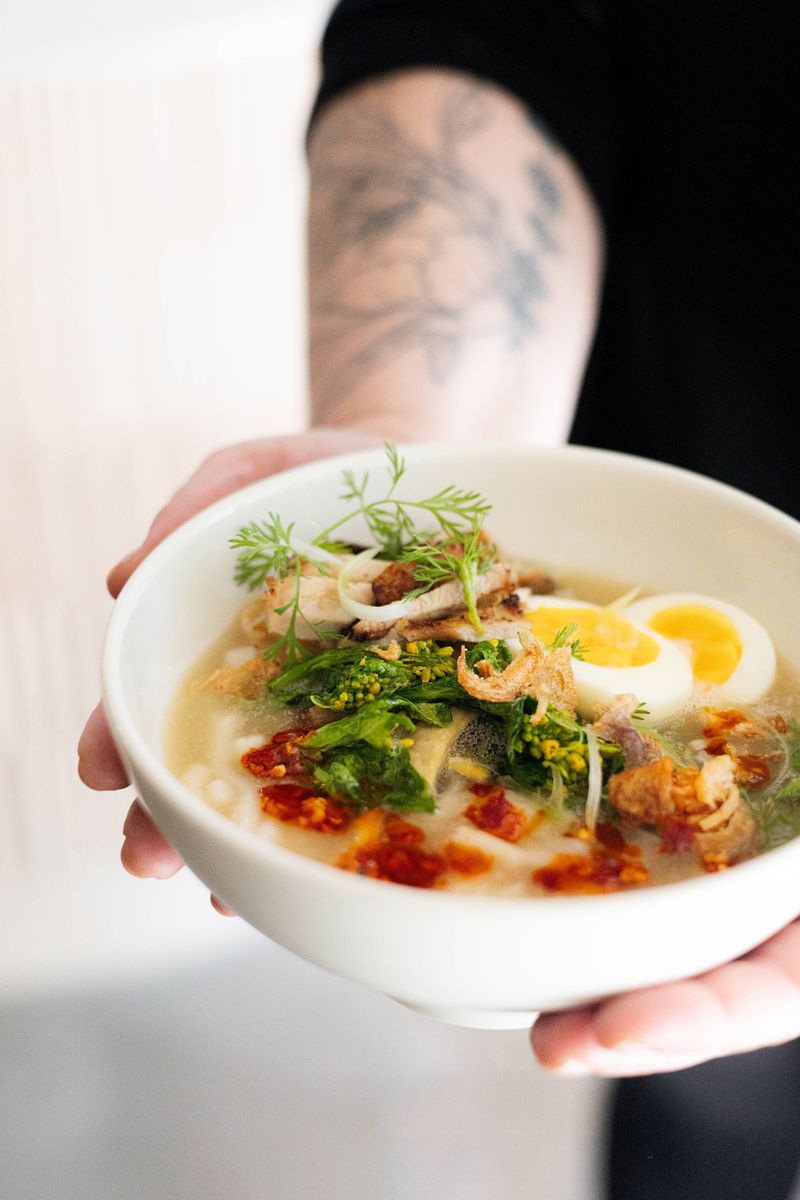
Gemma Weston
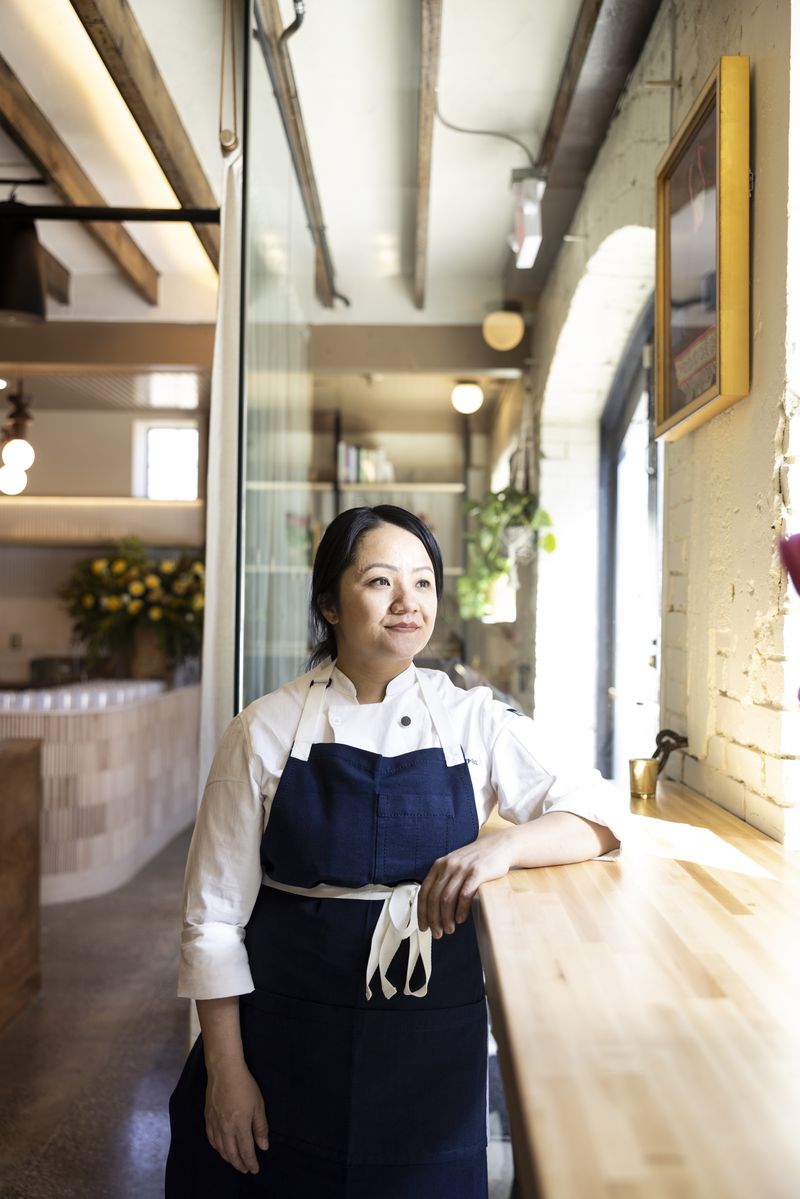
Tim Gruber
Moua also had a hand in the restaurant’s design: Wicker baskets that her parents used for gardening drip with glossy pothos plants; the pillows, hand stitched by artist Mary Vang, are made of a hemp fabric cut from traditional Hmong dresses. Her baby clothes and wedding dress, framed in glass cases, hang on the wall, and the Hmong symbol for house — the first thing she learned how to embroider, Moua says — appears as a decal on the front door.
For now, Diane’s Place is open for breakfast and lunch only. The pork and mustard greens Moua promised when she first announced her departure from Gavin Kaysens’ bakery Bellecour are on the menu, served on a bed of steamed rice and topped with a brown sugar-marinated egg. “You go to any Hmong gathering on the weekend and we usually butcher a whole pig,” Moua says. “They’re fatty — we usually chop it up and cook it with star anise, garlic, lemon, and soy sauce, then cook it down with brown sugar and molasses.”
She bought three cases of mustard greens — her parents, in town for the restaurant opening, helped her pickle it. “I love pickled mustard greens. If I’m having a hard day — I mean, it’s like kimchi to us, right? We don’t eat it on the side, we actually eat a bowl of it,” she says.
The entree menu is robust: There’s a banh mi-esque chicken sandwich on croissant bread (which is sweeter and softer than the usual baguette, Moua says); Thai tea French toast; a Spam and nori croissant; and an Asian chicken noodle soup, among other dishes. Moua’s personal favorite is the Hmong sausage, served with sticky rice and sweet and sour sauce. Her family — who originally settled as refugees in Rhode Island following the end of the Vietnam War — bought a farm in central Wisconsin when she was 10. Her grandmother and grandfather used to hand make sausage, she says, hanging it over the stove to cure.
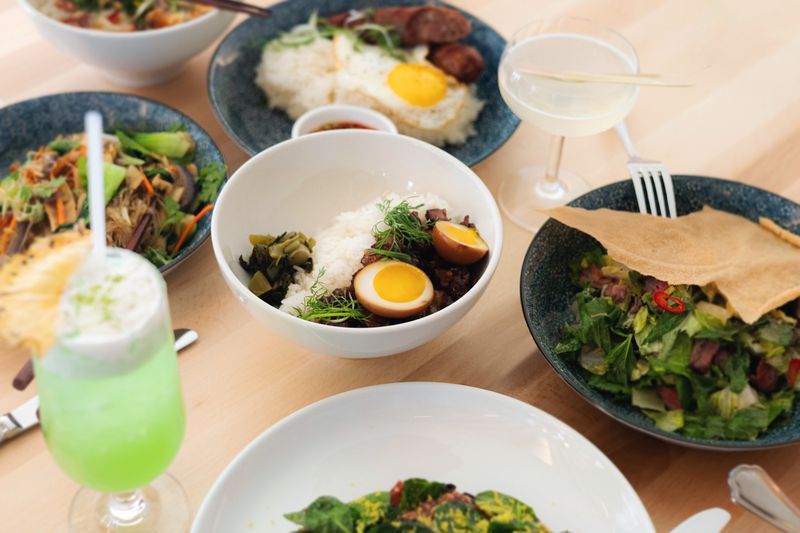
Gemma Weston
For this version, she collaborated with Erik Sather of Lowry Hill Meats, who also helped create Moua’s breakfast patty. They experimented together, playing with maple syrup instead of brown sugar; scallions instead of thyme. Other Food Building tenants appear on the menu, too: Alemar’s cheese, Tres Leches’ botanical beverage, and Baker’s Field’s table bread.
Then there are Moua’s pastries: structurally French Danishes and croissants stuffed with Thai tea pastry cream; mellow pandan and coconut; or tart calamansi and raspberry. Savory options include the sweet pork — the egg yolk is cured with salt and sugar, then microplaned on top — plus a green scallion croissant with garlic butter. Moua is trying to buck the pastry associations attached to her (“It cannot look like a bakery,” she told her design team), and she’s placed removable glass cases at the front of the restaurant. Customers can swing by and grab a sandwich or sit down for full service if they choose.
A dinner menu is in development. One dish Moua is working on, she says, is duck or goat prepared the same way her brothers do it at family functions — slow-cooked with ample garlic and herbs to balance the meat’s gaminess. “In the beginning I didn’t want people thinking this is a Hmong restaurant,” Moua says. “[Now] I’m like, this is the reason I’m doing this. It is a Hmong American restaurant. It is everything I’ve learned, everything my parents taught me, everything from all the jobs I’ve worked at, put into this baby.” Keep an eye out for a dinner service announcement in the coming weeks.
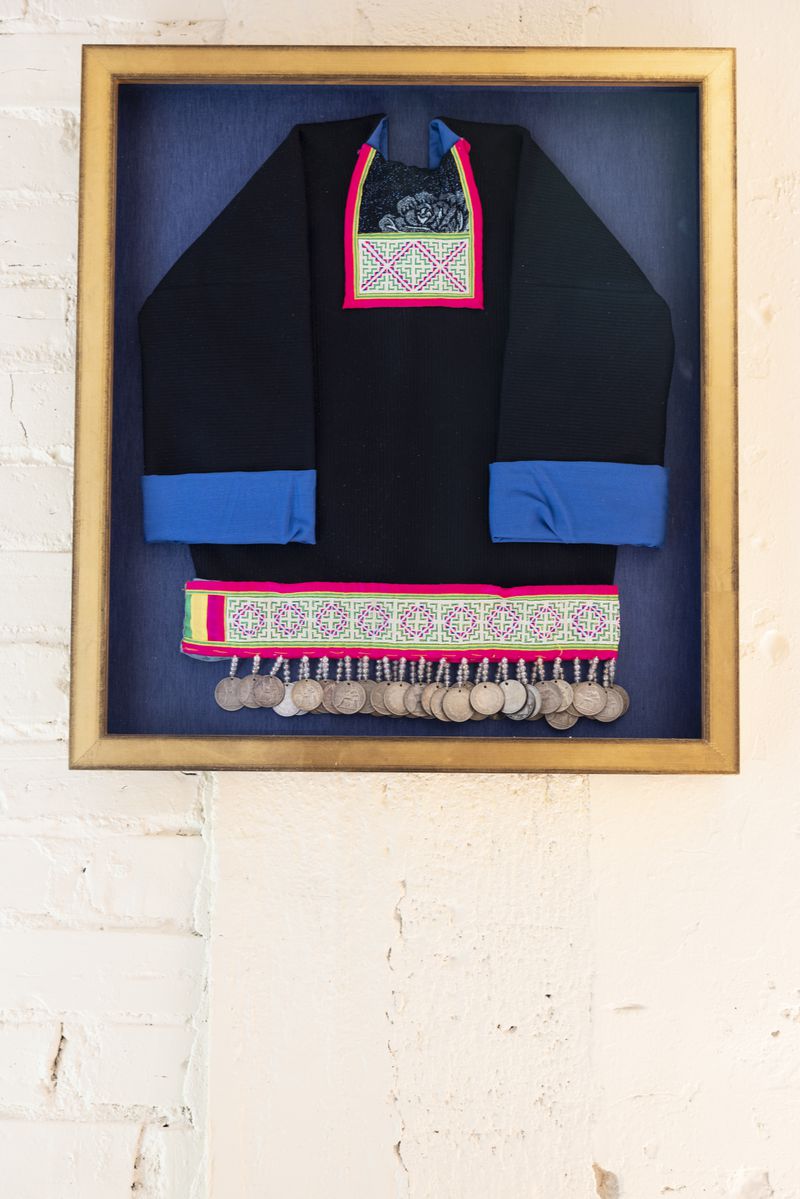
Ackerman + Gruber
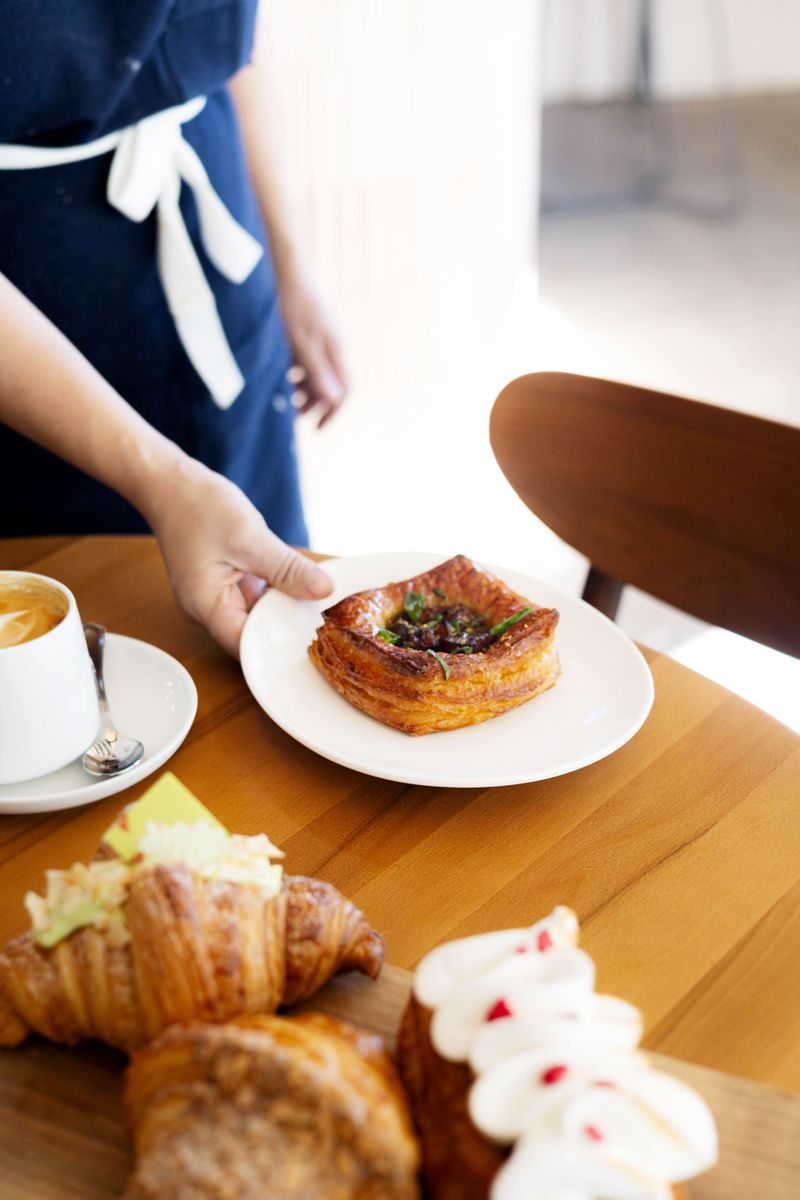
Gemma Weston
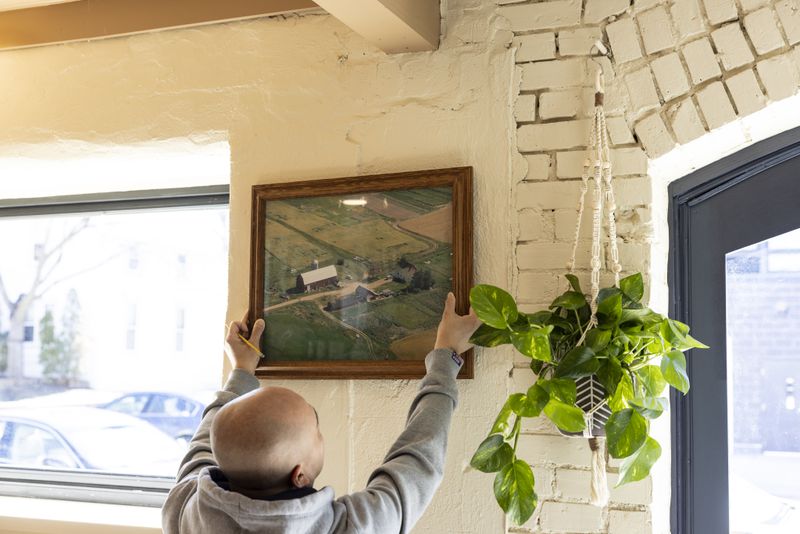
Tim Gruber



